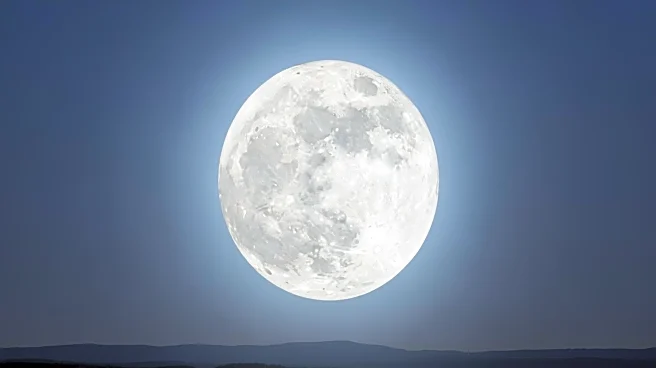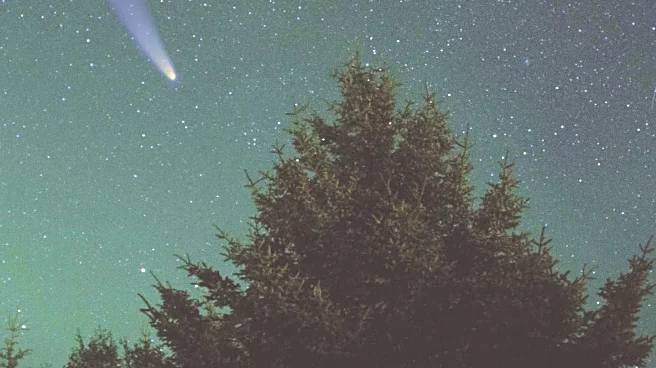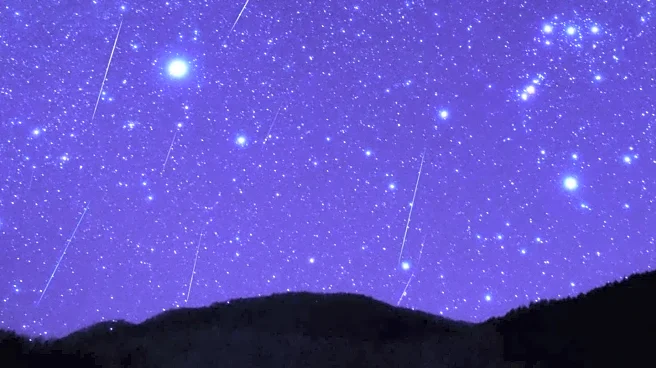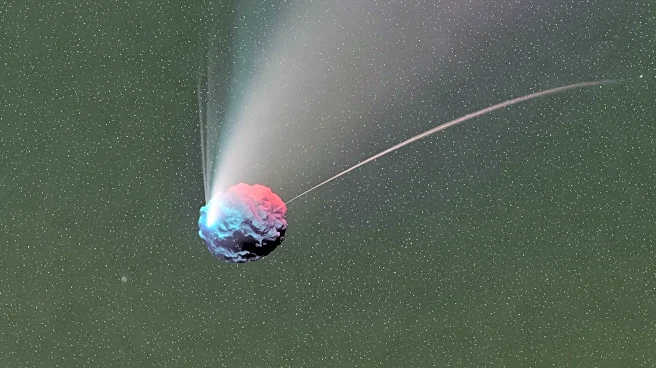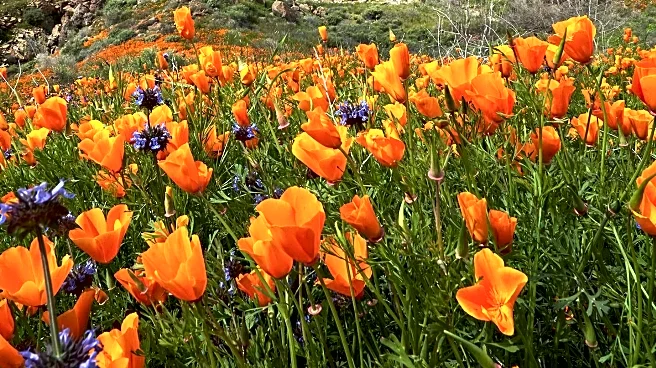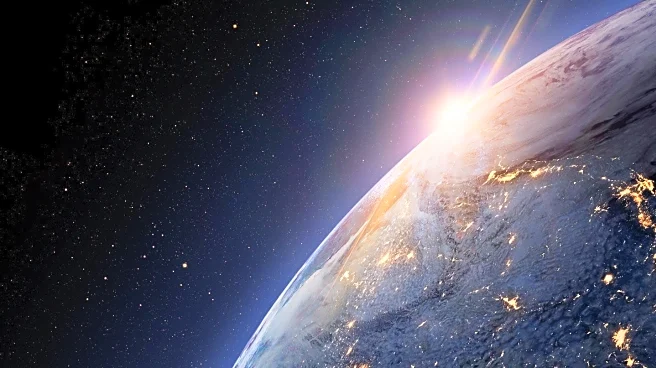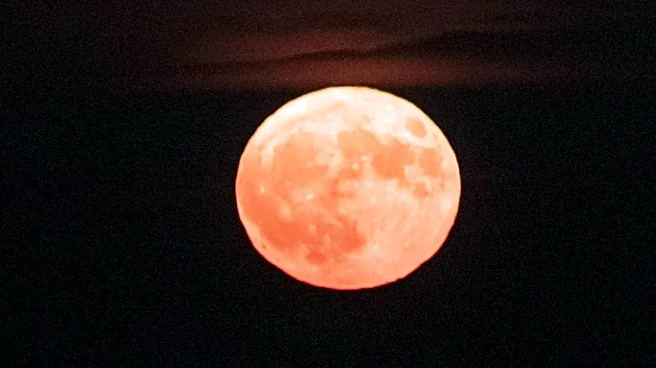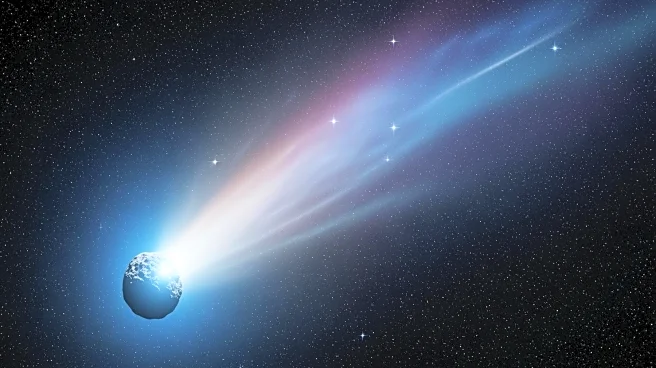What's Happening?
On Wednesday evening, sky watchers will have the opportunity to witness the closest supermoon of the year. A supermoon occurs when a full moon coincides with its closest approach to Earth, known as perigee.
This astronomical event results in the moon appearing up to 14% larger and 30% brighter than the faintest full moon of the year. The moon's orbit is elliptical, causing variations in its distance from Earth. When the full moon aligns with perigee, the supermoon phenomenon occurs, offering a spectacular view for observers.
Why It's Important?
The supermoon event is significant for both amateur astronomers and the general public, providing a unique opportunity to observe the moon in greater detail due to its increased brightness and size. Such events can spark interest in astronomy and science, encouraging educational activities and public engagement. Additionally, supermoons can have subtle effects on tides, potentially impacting coastal regions. The increased gravitational pull during a supermoon can lead to higher tides, which may be of interest to scientists studying oceanic and environmental changes.
What's Next?
As the supermoon approaches, astronomers and enthusiasts are preparing for observation sessions. Public events and educational programs may be organized to capitalize on the increased interest in astronomy. Observatories and science centers might offer special viewing opportunities and workshops to educate the public about lunar phenomena. The next supermoon will provide another chance for observation, but the timing and visibility will depend on weather conditions and geographic location.
Beyond the Headlines
Supermoons can also influence cultural and artistic expressions, inspiring photographers and artists to capture the event's beauty. The phenomenon may lead to increased discussions about lunar science and its impact on Earth, fostering a deeper appreciation for celestial events. Additionally, the supermoon serves as a reminder of the intricate dynamics of celestial bodies and their influence on our planet.
